Full Art Mode
Exit Full Art Mode by clicking on Page or ESCTouch screen to exit Full Art Mode
skip
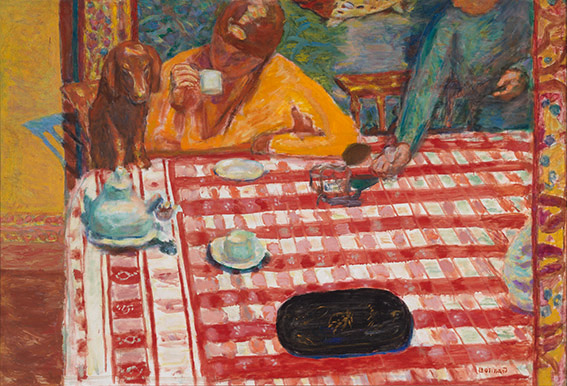
review
Pierre Bonnard
The Color of Memory
10.10.2019 - 12.01.2020
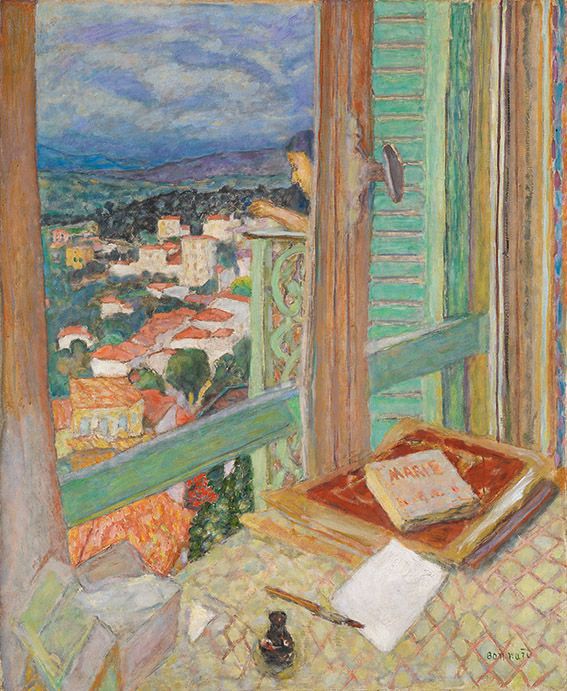
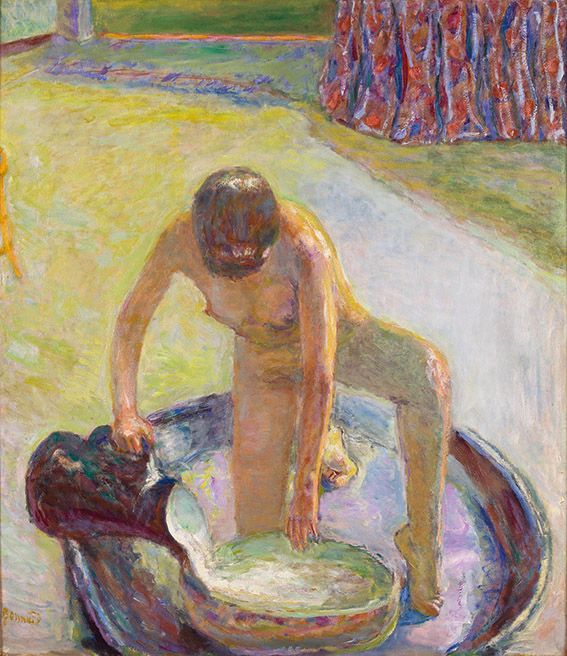
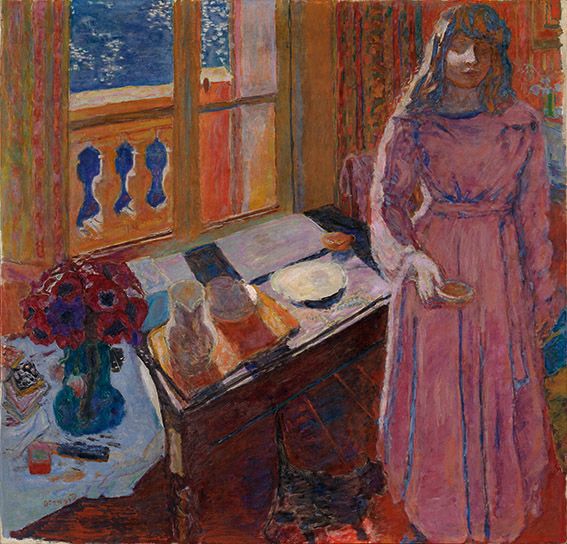
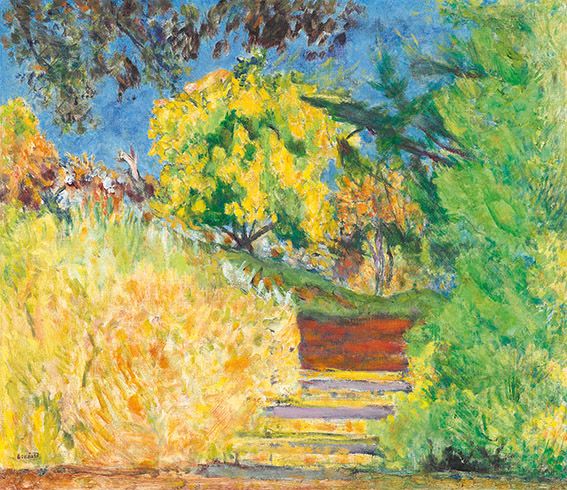
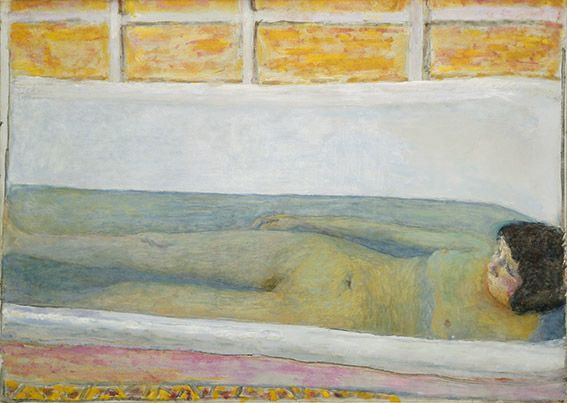
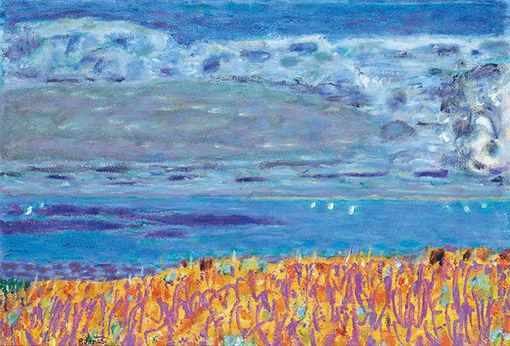
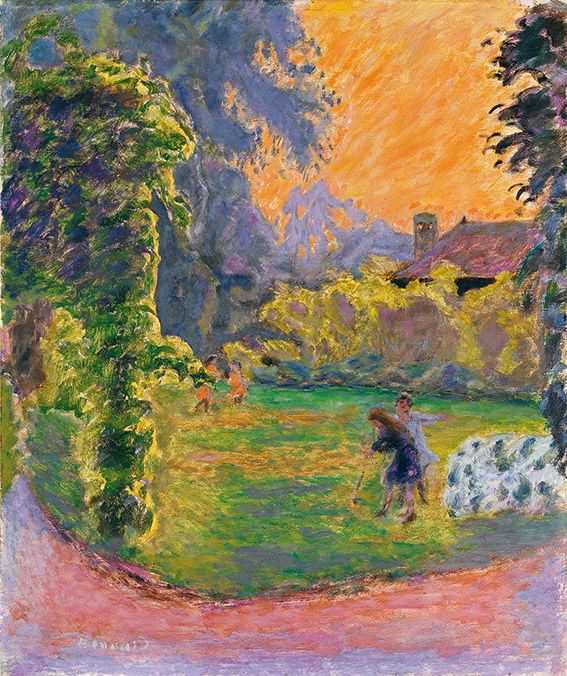
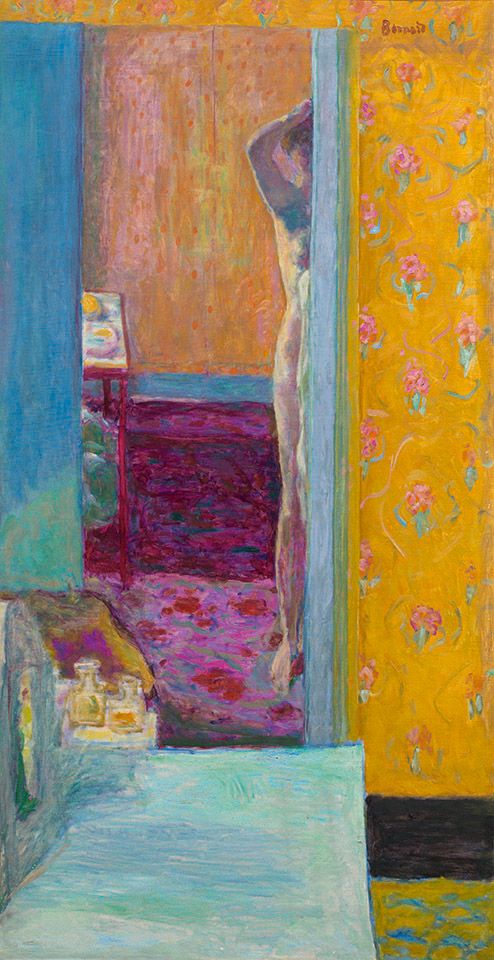
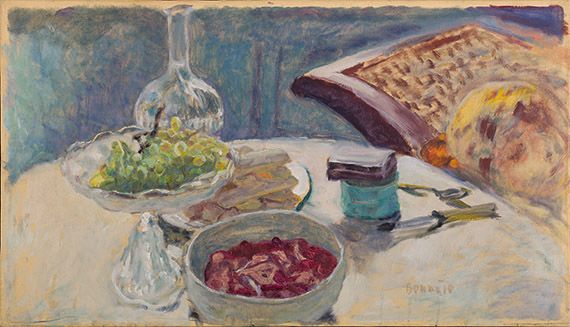
In autumn and winter 2019/20 the Bank Austria Kunstforum Wien is showing the work of the post-Impressionist Pierre Bonnard 1867–1947) – the first retrospective in Austria devoted to this enigmatic painter. The exhibition concentrates on Bonnard’s mature work, which begins to take shape after his first visit to the Côte d’Azur in 1909 and his profound experience of Mediterranean light. Bonnard had mainly lived in Paris and Central France; now his palette changes, and the incandescent colours of the south begin to define his oeuvre – and characterise it also throughout his late work.
Accordingly, the exhibition focuses on colour as central vehicle of the artist’s pictorial language. Bonnard develops and models not only moods but entire compositions by means of colour harmonies and dissonances, by means of contrasts and the interplay of warm and cool tones. The sophisticated combination and opposition of colour values is only one of the means for him of questioning nature’s harmony. He plays just as subtly with spatial ambiguities or “gaps” in the placement of his human figures – time and again he endeavours, as he formulates himself, to “overcome nature through art”.
Even if Bonnard’s colour painting in the late pictures approaches the borders of abstraction, in contrast to the avant-garde of the early century he never questions the representational mode. This is probably why shortly after his death he was classified as still being a representative of a superficial harmony and “harmless” chronicler of everyday, haut-bourgeois life. In actual fact, Bonnard’s poetry of everyday life is based on a subtle confrontation with his environment. With enigmatic visualisations of things from memory perception, Bonnard ventures into a no-man’s-land between flat and three-dimensional space, colour and materiality, which as contemplations of a subtle painting culture lead him to an inimitable expression of his individuality.
Bonnard’s multifaceted and constantly surprising work will be presented with many loans from international museums including the Tate in London, the Metropolitan Museum of Art in New York, the National Gallery in Washington, the Musée d’Orsay in Paris and the Ny Carlsberg Glyptotek in Copenhagen, also from renowned private collections.
The exhibition is being organised in cooperation with the Tate London and the Ny Carlsberg Glyptotek Copenhagen.
curated by
Evelyn benesch
Matthew Gale (Tate)
Cooperation
Tate, London
Ny Carlsberg Glyptotek, Copenhagen
review
The Cindy Sherman Effect
Identity and Transformation in Contemporary Art
29/01/2020 - 19/07/2020
review
